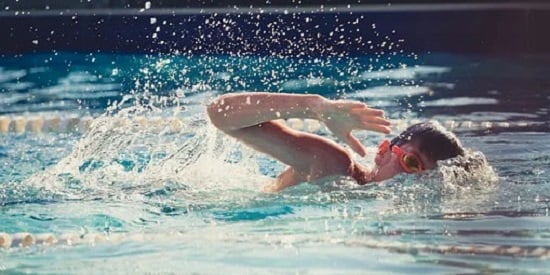Children score D- for physical activity as experts fear health crisis looms
Media release
The latest national report card on children's physical activity shows young Australians are not moving enough and experts worry that sedentary living patterns established in childhood will increase the risk of poor health outcomes in later life.
Data compiled for the 2022 Report Card on Physical Activity for Children and Young People reveals only a quarter of Australian children and young people are meeting national guidelines for their age, resulting in a D- for overall physical activity.
Additionally, Australian children and young people have below average fitness levels compared to international benchmarks, resulting in a marginally better score of D+ for physical fitness.
Research lead Professor Kylie Hesketh from Deakin University's Institute for Physical Activity and Nutrition (IPAN) said the physical activity 'grades' were largely unchanged from the 2018 Report Card and there was little improvement in overall physical activity benchmarks for children and young people since the report card initiative began in 2014.
"What is even more worrying is that data collected for the 2022 Report Card was largely collected pre-COVID and there is growing evidence that physical activity rates fell even further during the pandemic, due to repeated lockdowns, school closures and interruptions to community sport," Professor Hesketh said.
"Australia continues to rate poorly when it comes to children and young people's physical activity and there needs to be greater support for them to become more active."
The 2022 Report Card, developed in partnership with ten academic and professional organisations across Australia, shows varying scores for the different support environments for children's physical activity.
Community and Environment, which covers access to parks and sports grounds, scored well (A-) but other areas such as Government (C-) and School (C+) scored less well.
"A number of states have invested in initiatives that provide financial support for children to engage in organised sport, but organised sport alone is not enough to increase physical activity levels," Professor Hesketh said.
"One of the main reasons government initiatives lost marks is due to a lack of physical activity policy. Australia is one of the few countries that does not have a National Physical Activity Plan that would provide a roadmap for improving the grades.
"One thing we may be able to learn from our experience during COVID is the need for more varied physical activity options, beyond organised sport. Some of the positives that came out of COVID restrictions were families being physically active together, and a focus on activity opportunities in local neighbourhoods.
"Broadening physical activity options for children and young people will increase activity levels in our community and bring associated health and wellbeing benefits.
"The lack of improvement in nearly a decade tells us that what we are doing is not working and this needs to change. A first step would be a National Physical Activity Plan to engage all sectors in working together to improve Australian children's physical activity levels," Professor Hesketh said.

